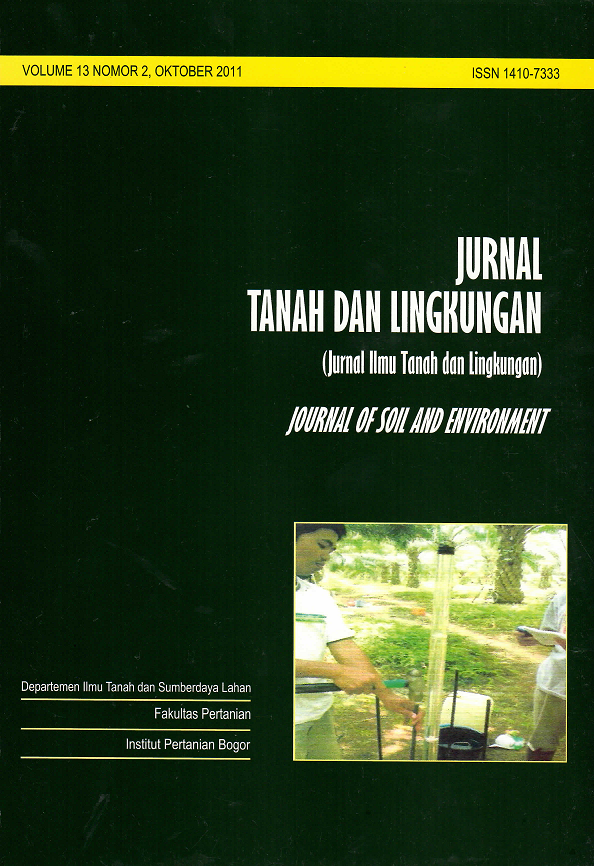THE SYSTEM OF RICE INTENSIFICATION (SRI) AS A BENEFICIAL HUMAN INTERVENTION INTO ROOT AND SOIL INTERACTION
Abstract
The System of Rice Intensification (SRI) was developed in Madagascar in the ealier 1980 by Fr. Henri de Laulanié. Basic principles of SRI are: (1) the transplanting of young seedlings, preferably only 8-12 days old, this conserves the growth potential that rice plants have if they are transplanted before the start of the fourth phyllochron; (2) The young seedlings are transplanted quickly and quite carefully, taking care to minimize any trauma to the roots, also singly and with wide spacing, in a square pattern usually 25 cm x 25 cm, or even farther apart if the soil is fertile; (3) Under SRI management, paddy fields are not kept continuously flooded, instead, mostly aerobic soil conditions are maintained throughout the vegetative growth period, either by adding small amounts of water regularly, or by alternate wetting and drying (AWD); (4) a simple mechanical, soil-aerating weeder is used to control weed growth; (5) Although these methods when used with chemical fertilizer will enhance crop yield, the best yields and greatest cost-saving for farmers are attained with application of organic fertilizer or other organic matter, when available. When SRI practices are used together and as recommended, the following results are common: (1) Grain yields are usually increased by 50-100%, or sometimes more, while water applications are reduced by 30-50% since there is no continuous flooding, straw yields usually also increase, which is an additional benefit to many farmers; (2) The need to use agrochemicals for crop protection is reduced because SRI plants are naturally more resistant to pest and disease damage; (3) With reduced costs of production, including often reduced labor requirements, farmers’ net income is greatly increased with the higher yields; (4) SRI plants are better suited to withstand the effects of climate change, having greater resistance as a rule to most biotic and abiotic stresses; (5) SRI paddy usually gives higher milling out-turn, about 15%, because when milled there is less chaff (fewer unfilled grains) and less breaking of grains. These qualities are probably attributable to the effects of better root systems which can more effectively take up micronutrients from lower soil horizons. Currently, SRI practices has been introduced in many countries with modifications and adaptation to local conditions.Downloads
Download data is not yet available.
Published
2011-10-01
How to Cite
AnasI., BarisonJ., KassamA., MishraA., RupelaO., K. ThakurA., ThiyagarajanT. M., & UphoffN. (2011). THE SYSTEM OF RICE INTENSIFICATION (SRI) AS A BENEFICIAL HUMAN INTERVENTION INTO ROOT AND SOIL INTERACTION. Jurnal Ilmu Tanah Dan Lingkungan, 13(2), 72-88. https://doi.org/10.29244/jitl.13.2.72-88
Section
Articles
Department of Soil Science and Land Resources Departemen Ilmu Tanah dan Sumberdaya Lahan, Faculty of Agriculture Fakultas Pertanian, IPB University



















